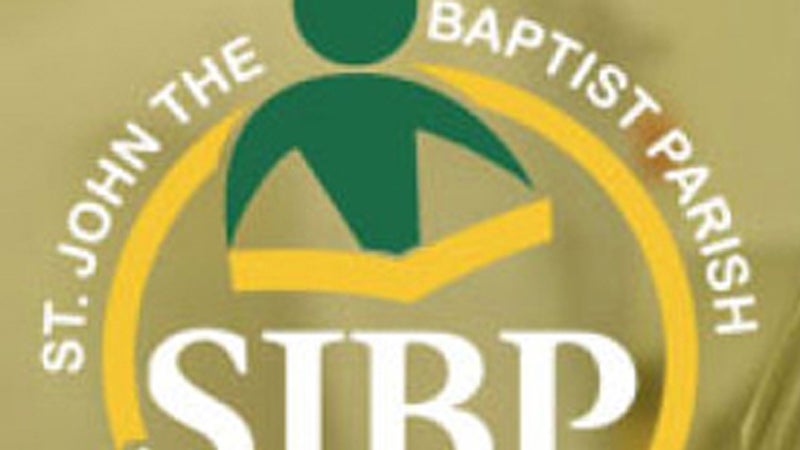Virtual learning linked with school performance decline
Published 12:00 am Wednesday, December 8, 2021
|
Getting your Trinity Audio player ready...
|
LAPLACE — Learning loss across all St. John the Baptist Parish Public Schools was evident in the 2021 Simulated School Performance Scores released last Friday by the Louisiana Department of Education.
Looking closely at the data, Superintendent Dr. Lynett Hookfin said scholars who participated in in-person learning during the COVID-19 pandemic had better academic outcomes than virtual learners.
The simulated 2021 scores were made available for informational and planning purposes only and are not being used for evaluative means. By attaching the letters “C19” to the numerical scores, the Department of Education is assuring that future analyses will take the impact of the COVID-19 pandemic into consideration.
According to the Department of Education, “The 2020-2021 school year was a year unlike any other, and the state results cannot be accurately compared to the previous years.”
All policies related to school and district performance scores have been waived, which means the official letter grades, school performance and district performance scores will be carried over from the 2018-2019 school year.
While St. John Parish Schools will maintain its 2019 “C” rating, the simulated district performance score declined from 67.7 to 59.7 over the past two years.
West St. John Elementary, Garyville Mt. Airy Magnet and East St. John Preparatory Academy saw the most severe decline from 2019 to 2021. The simulated SPS school grade configurations are as follows:
- John L. Ory Magnet: C19 – 75.2 (decrease of 6.7 points from 2019)
- West St. John High: C19 – 70.2 (decrease of 6.9 points from 2019)
- East St. John High: C19 – 61.6 (decrease of 10.4 points from 2019)
- Lake Pontchartrain Elementary: C19 – 59.9 (decrease of 5.1 points from 2019)
- Emily C. Watkins Elementary: C19 – 57.3 (decrease of 10.9 points from 2019)
- LaPlace Elementary: C19 – 56.0 (decrease of 7.5 points from 2019)
- West St. John Elementary: C19 – 48.4 (decrease of 14.7 points from 2019)
- Fifth Ward Elementary: C19 – 44.2 (decrease of 0.9 points from 2019)
- Garyville Mt. Airy Magnet: C19 – 43.6 (decrease of 15.2 points from 2019)
- East St. John Preparatory: C19 – 43.5 (decrease of 16.5 points from 2019)
Across the state, 70% of schools and 71% of districts received simulated performance scores that were lower than the 2019 scores. Declines were especially prevalent in high-poverty and high-minority schools where virtual learning was widely used.
Superintendent Hookfin said the 2020-2021 district accountability presentation will be shared with parents and community members at the December 9 School Board meeting, which begins at 6 p.m. inside the Godchaux Grammar cafeteria in Reserve. Specific details regarding next steps to make up for learning loss will be shared at this meeting and during upcoming parent meetings and town hall sessions. Hookfin and campus administrators will be available at upcoming meetings to discuss action steps ensuring academic assistance for all scholars.
“I understand from the data that we have to embed additional instructional support in order to make up for that learning loss. We are speaking about doing our Summer Shine program again, doing after school tutorials, Saturday school. We have major achievement gaps now,” Hookfin said.
Hookfin said it will also be necessary to revamp master schedules to increase instructional time and address reading and mathematics gaps during the school day. Examining data will help pinpoint specific deficits.
Hurricane Ida also impacted instructional time in St. John Parish schools, culminating in weeks of closures and platoon schedules. COVID-19 remains a threat, especially with recent reports of the Omicron variant in Southeast Louisiana. It will be crucial to balance student safety with the understanding of how virtual schooling impacts academic outcomes.
“The data clearly shows that when we had consistent in person learners, those were the scholars who were able to maintain or make a little bit of progress. If you were a virtual learner or hybrid learner, in comparison to in person learning, the scores took a dip,” Hookfin said. “Moving forward we are doing a better job of supporting our teachers. They are either working with in person or virtual learners, not both. There’s a lot of work to be done, but it can be done. I’m excited knowing that almost 90% of our staff members have returned, and although we have displaced scholars, we have an educational plan for them.”





